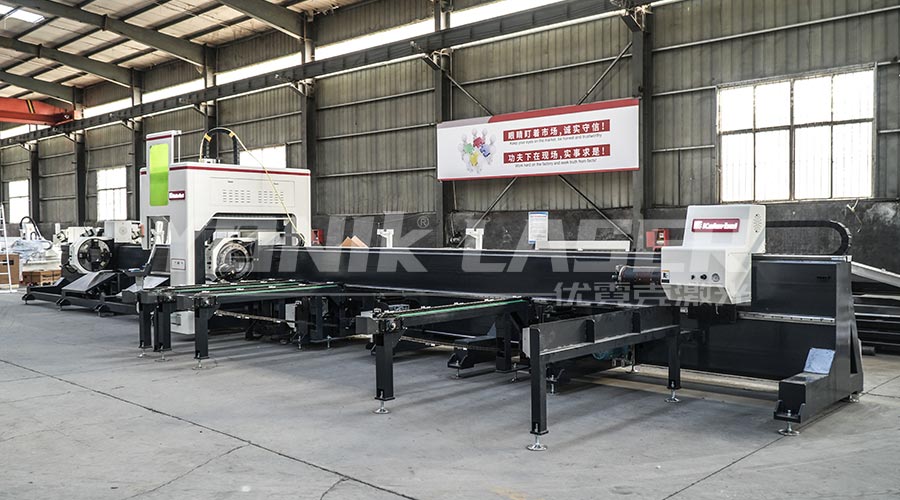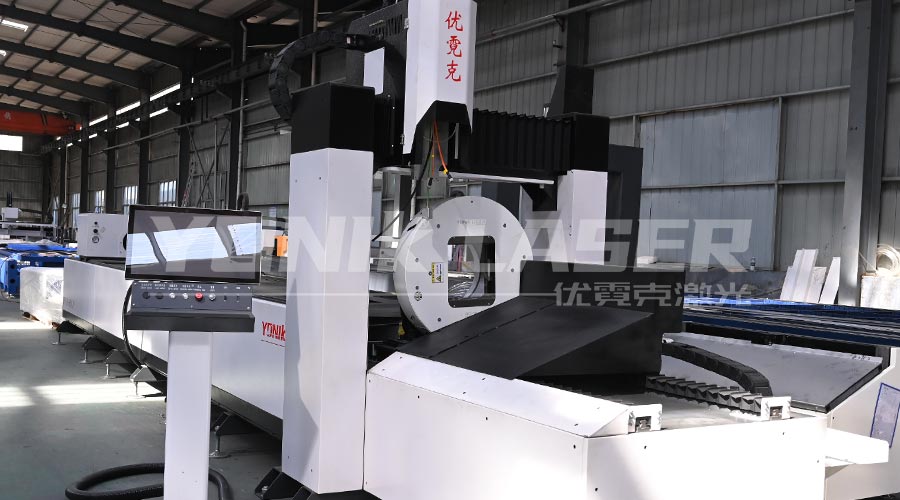As one of the core equipment of modern industrial manufacturing, the cutting accuracy of laser cutting machine directly affects processing efficiency and product quality. When the cutting error of the equipment exceeds 0.1mm, it often means that there is a deviation in the optical path system. This article will analyze in detail the complete process of laser cutting machine optical path calibration to help users quickly restore equipment accuracy and ensure processing quality.

1. Why does optical path accuracy deviation affect cutting quality?
The optical path system of laser cutting machine consists of core components such as laser generator, reflector, and focusing mirror. After the laser beam is emitted from the generator, it needs to be accurately transmitted to the focusing mirror through multi-stage reflectors, and finally a high-energy density light spot is formed to act on the surface of the material. If there is an offset or angle deviation in the optical path, the laser focus position will deviate from the design value, causing the following problems:
Uneven slit width: The laser beam diverges or focuses inaccurately, resulting in a rough cut;
Insufficient material penetration: Abnormal energy distribution causes incomplete cutting or slag residue;
Excessive dimensional error: The spot offset directly affects the contour accuracy of the part;
Increased equipment loss: Unfocused laser energy will damage the lens and nozzle. 2. Preparation before optical path calibration
1. Tools and materials
Cross screwdriver, hexagonal wrench (matched according to the device model)
White test paper (high temperature resistant coated paper is recommended)
Red light indicator (to assist in locating the laser path)
Dust-free wiping cloth and lens cleaner
2. Safety operation specifications
Cut off the power supply of the device before calibration and wait for the capacitor to be fully discharged
Wear anti-laser goggles and heat-insulating gloves
Ensure that there is no vibration interference source on the work surface
3. Six-step operation method for optical path calibration
Step 1: Basic lens cleaning
Use a dust-free cloth dipped in a special cleaner to wipe the surface of the reflector and focusing mirror from the center to the outside in a spiral trajectory. Be careful to avoid direct contact with the coating layer with your fingers, as residual fingerprints will significantly reduce the laser transmittance.
Step 2: Calibrate the primary reflector
Place a test paper under the laser head and manually trigger a low-power laser (10% power is recommended)
Observe whether the spot position is located at the center of the first reflector. If it is offset, adjust the frame screw
Repeatedly fine-tune until the spot is concentric with the frame and is a complete circle
Step 3: Focus the secondary reflector
Move the laser head to the center of the workbench
Check whether the laser path is parallel to the guide rail through the red light indicator
Use the hexagonal wrench to adjust the angle of the second reflector to ensure that the optical path coincides with the mechanical motion axis
Step 4: Verify the position of the focusing mirror
Install the focal length test plate (the thickness must match the commonly used material)
Perform a spot test and observe the diameter of the ablation point
When the focal diameter is ≤0.1mm, it is considered to meet the standard, otherwise the focusing mirror height needs to be adjusted
Step 5: Dynamic accuracy test
Cut the standard test pattern (ISO circular and square combination patterns are recommended)
Use a digital caliper to measure the deviation between the actual size and the theoretical value
If the error is greater than 0.05mm, the coaxiality of the third reflector needs to be rechecked
Step 6: Environmental compensation setting
According to the changes in temperature and humidity in the workshop, enter the compensation coefficient in the control system. For every 5℃ increase in temperature, the laser wavelength will produce a path deviation of about 0.003mm, which needs to be compensated and corrected by software.
IV. Daily maintenance to extend the calibration cycle
Lens life management: The reflector needs to be professionally cleaned every 400 hours of work, and the focusing mirror needs to be checked for coating status every 200 hours
Gas system monitoring: Insufficient purity of auxiliary gas will cause lens contamination, and it is recommended to check the filter monthly
Upgrade of anti-vibration measures: Add shock-absorbing rubber pads to the base of the equipment to reduce the impact of external vibration on the optical path
Application of automatic calibration function: The new equipment is equipped with a CCD visual calibration system, which can monitor the optical path offset in real time
V. Quick troubleshooting guide for accuracy abnormalities
When the cutting accuracy suddenly exceeds the tolerance, you can check in the following order:

Is there any obvious stain or ablation point on the surface of the lens
Is the fixing screws of each frame loose
Is there any gap between the guide rail sliders
Is the output power of the laser tube attenuated
Is the control system parameters modified by mistake
Through the optical path calibration and scientific maintenance of the system, the long-term accuracy of the laser cutting machine can be effectively stabilized within ±0.03mm. It is recommended to perform a comprehensive optical path inspection once a quarter and conduct a trial cut verification before batch processing. Mastering the correct calibration method can not only improve the product qualification rate, but also extend the service life of the core components of the equipment, creating greater value for the manufacturing company.
2025-07-22
2025-07-21
2025-07-19